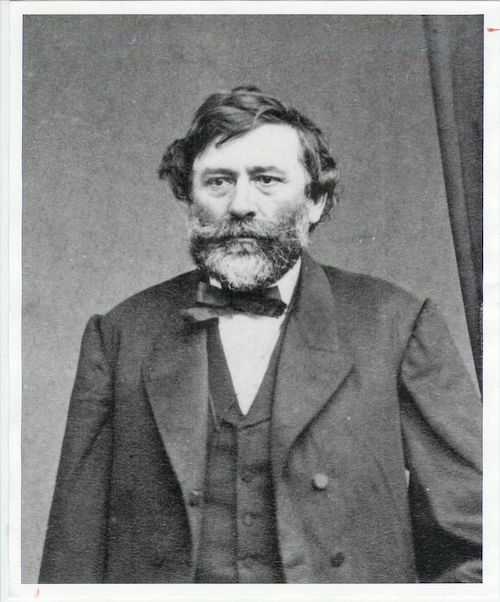Big News for Grape Growers in Wisconsin, Michigan, Indiana, & Ohio
The U.S. Department of Agriculture (USDA) has released an updated Plant Hardiness Zone Map (PHZM) for the first time since 2012. This map helps gardeners and growers identify which plants are likely to thrive in a specific location. The 2023 version, developed by USDA's Agricultural Research Service (ARS) and Oregon State University, is more accurate and detailed than previous versions.
The map is a crucial resource for approximately 80 million American gardeners and growers. It is also used by the USDA Risk Management Agency for crop insurance standards, and by scientists in research models, such as those studying the spread of weeds and insects.
The new map shows a shift of about half the country to the next warmer half zone, indicating a warming trend of 0-5 degrees Fahrenheit in those areas.
Key points about the 2023 PHZM:
Available online at https://planthardiness.ars.usda.gov/.
Based on 30-year averages of the lowest annual winter temperatures.
Divided into 10-degree Fahrenheit zones and 5-degree Fahrenheit half-zones.
Incorporates data from 13,412 weather stations, compared to 7,983 in the 2012 map.
The new map shows a shift of about half the country to the next warmer half zone.
Most of the midwest has historically fallen within zones 3, 4 and 5, so only cold-hardy hybrid grapes could be grown there. The new map shows Zone 6 is pushing into more areas of the midwest.
In Zone 6, it becomes possible to grow some classic Vinifera grapes like Riesling, Cabernet, Merlot, and more.
What is a Plant Hardiness Growing Zone?
A USDA (United States Department of Agriculture) growing zone, often referred to as a Plant Hardiness Zone, is a geographic area defined by the average annual extreme minimum temperature.
The zones are further divided into half-zones (labeled as "A" and "B"), representing 5-degree Fahrenheit increments within the larger zones. For example, Zone 6 may have sub zones 6a and 6b.
These growing zones are valuable and used widely by grape growers for selecting plants that can withstand the winter temperatures typical of a particular area.
Commercial growers and Gardeners alike use the USDA growing zones as a guide to choose plants that are well-suited to the climate conditions of their region, ensuring better chances of successful growth and survival.
How Does The New Map Affect Midwest Grape Growers?
Changes in the Plant Hardiness Zone Map can have significant implications for grape growers in the Midwest. Here's how:
Plant Selection: This is the main takeaway from the new map. The updated map indicates a warming shift in the hardiness zones for certain areas in the Midwest. This shift could impact the types of grape varieties that are suitable for cultivation in a particular region.
For example, Some small areas of Michigan had already been growing classic Vinifera wine grapes like Riesling, Chardonnay, and Cabernet for years, since they were already in Zone 6 (Vinifera grapes are best grown in zones 6+).
Most of MI, however, was in Zone 4&5, so most of the state was better suited for cold hardy grapes. But now, In the new map, most of the state of MI has moved squarely into zone 6, meaning more growers can now begin testing Vinifera varieties with less risk of winter damage.
Wisconsin’s hardiness zones have also changed slightly, with Zone 5 expanding North and West.
Most notably, there’s also now a larger strip of Zone 6 in SE Wisconsin, and our Anton Vincent vineyards happen to be in that spot. Thanks to the warming effects of Lake Michigan, our vineyards are in a small pocket of land that can now potentially grow classic wine grapes, in addition to the cold hardy grapes we already grow.
I’ve been predicting this shift / expansion of zone 6 in our area, which is why we started planting test vineyards of Riesling last year. Just a decade ago, I wouldn’t have even bothered trying to grow Riesling in my location, due to the higher risk of winter damage.
Indiana and Ohio also saw some big changes to their zones, with both states moving almost entirely into zone 6. Growers in these states will also have the opportunity to potentially expand the kinds of grapes they grow for wine making.
Other Ways The New Map Impacts The Midwest Grape Industry
Risk Management: The USDA Plant Hardiness Zone Map is used by the USDA Risk Management Agency for setting certain crop insurance standards. Changes in hardiness zones could influence insurance policies and risk assessments for grape growers. Understanding and adapting to these changes is crucial for effective risk management.
Pest and Disease Dynamics: Climate changes can influence the prevalence and distribution of pests and diseases. Grape growers may need to monitor and manage new or shifting pest pressures as a result of changes in temperature and growing conditions.














